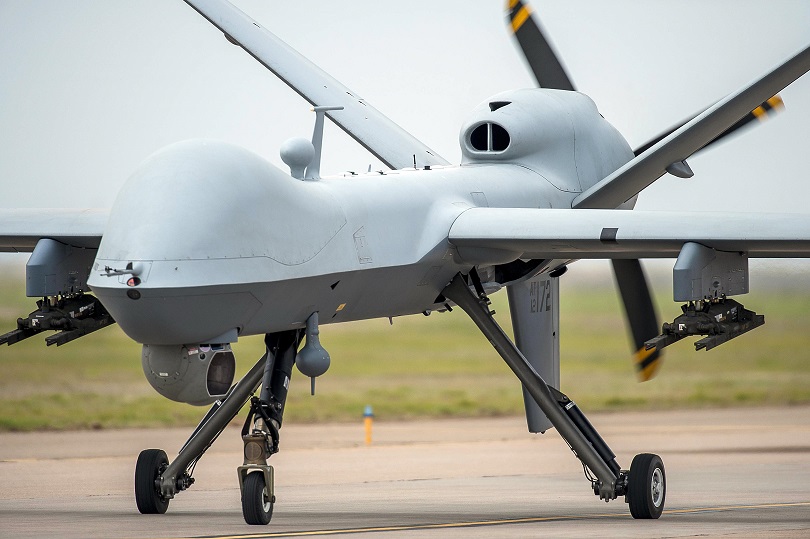This post is also available in:
 עברית (Hebrew)
עברית (Hebrew)
The MQ-9A unmanned aerial vehicle has been enhanced with a dramatic increase in operational flexibility. As part of the ongoing U.S. Air Force contract for the UAV’s modernization, General Atomics Aeronautical Systems (GA-ASI) demonstrated three expanded Automatic Takeoff and Landing Capability (ATLC) enhancements.
The first one enables the UAV to land at an alternate or “divert” airfield in which no Ground Control Station (GCS) is present, and under satellite communication (SATCOM) control.
The second enhancement expands the cross-wind limits of the MQ-9A. The third increases the maximum landing weight for normal and emergency landings.
This achievement will enable operational MQ-9A’s to land at alternate airfields, on their own, in case of inclement weather, changing mission requirements, or damaged runways.
With the “divert landing” enhancement, the remote pilot can enter the new landing area coordinates to automatically land at the selected location, or the pilot can overfly and self-survey the divert airfield’s runway using the MQ-9A’s multispectral Electro-optical/Infrared (EO/IR) sensor to obtain coordinates for automatic landing. Once uploaded to the MQ-9A’s mission profile, the MQ-9A aircrew enables the ATLC system, which allows the aircraft to automatically maneuver itself into a landing pattern and make the automatic landing, according to ga-asi.com.


























